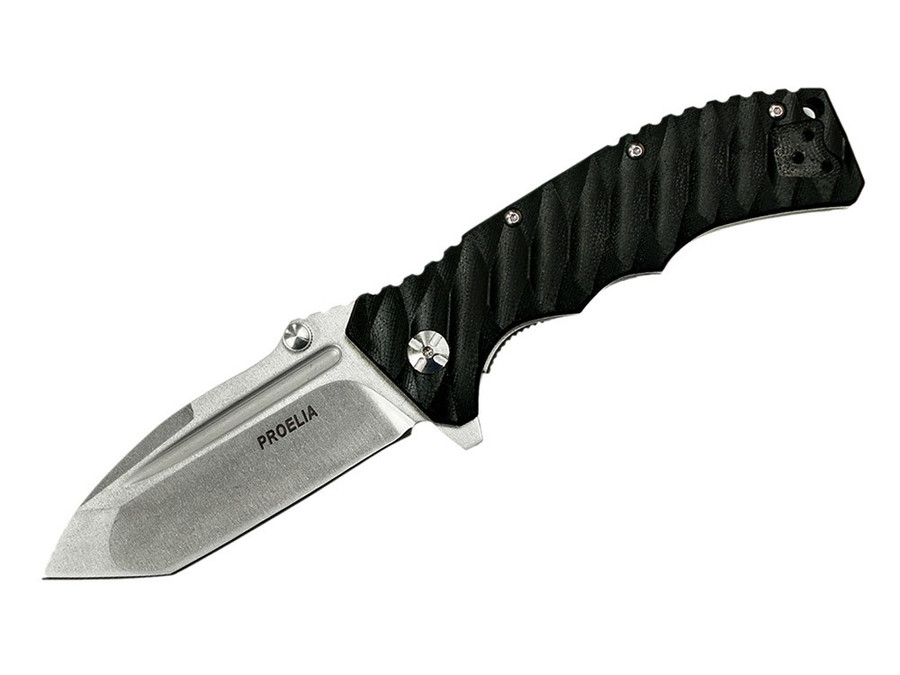
D2 performs well and excellently in this area, to the extent of being crowned the king of wear-resistant amongst knife makers and users. This is one of the main perks of D2 steel. Let’s talk about how we can benefit from this material. Perhaps you are asking what the benefits of D2 steel are. It has 0.02 percent sulfur to assist or enhance machinability.It has 0.40 percent silicon which increases corrosion resistance and strength.On the other hand, high quantities of Manganese increases brittleness and hardness. It has 0.45 percent Manganese that boosts wear resistance and hardenability.It has vanadium that increases toughness, strength as well as wear resistance.It has 0.90 percent Molybdenum boosts hardness, hardenability, toughness, and strength.As it’s less than 13 percent, it makes this semi-stainless. It has 12.00 percent Chromium that boosts tensile strength, toughness, and hardness.It has 1.50 percent carbon that boosts hardness and improves wear resistance and corrosion.That is one of the many reasons why many knife manufacturers include this in the creation of blades. On the other hand, D2 is notorious for being one of the oldest and longer-lasting edge retention steel. It is tool steel which is specifically not stainless.

And as such, this is termed as semi-stainless.ĭ2 is a very common type of steel, and it has been utilized in the whole thing from mid-tech industries to custom makers it’s spreading into the low-priced knife market. On the other hand, it also features machinability and grindibility and is demanding and taxing to work with for the makers of a knife.ĭ2 isn’t stainless steel as it only has 12 percent chromium, making it fall 1 percent short of the Chromium content required to classify as stainless. The high level of chromium also provides it good anti-corrosion properties once in the hardened condition.


It boasts superb edge retention and also features extremely high wear resistance characteristics. It is a dying form of tool steel, hence the “D” designation.


 0 kommentar(er)
0 kommentar(er)
